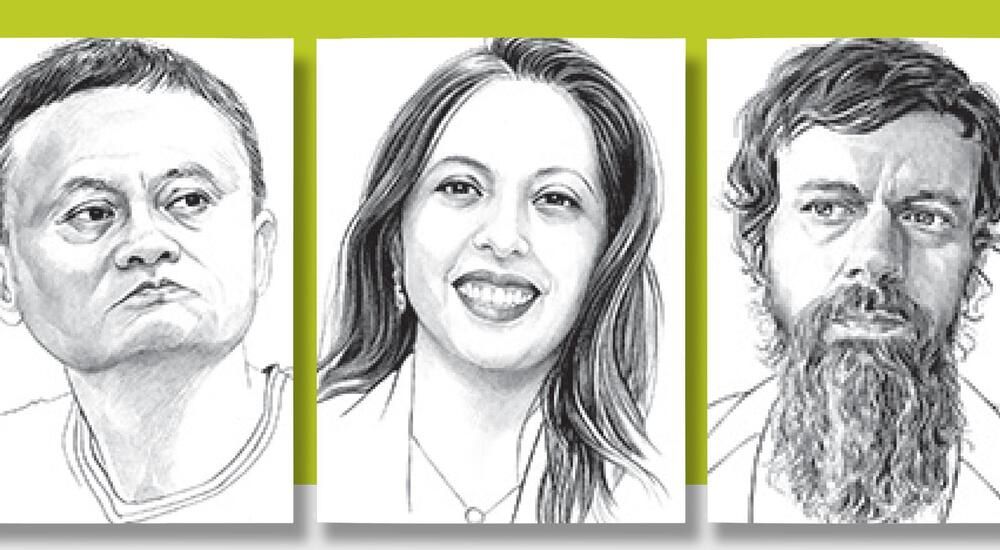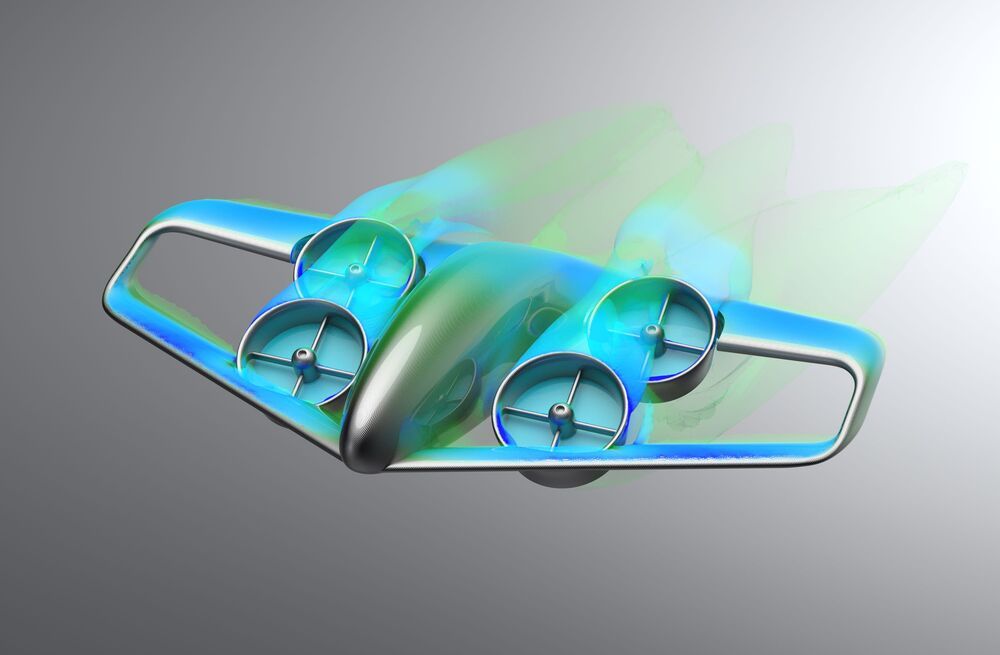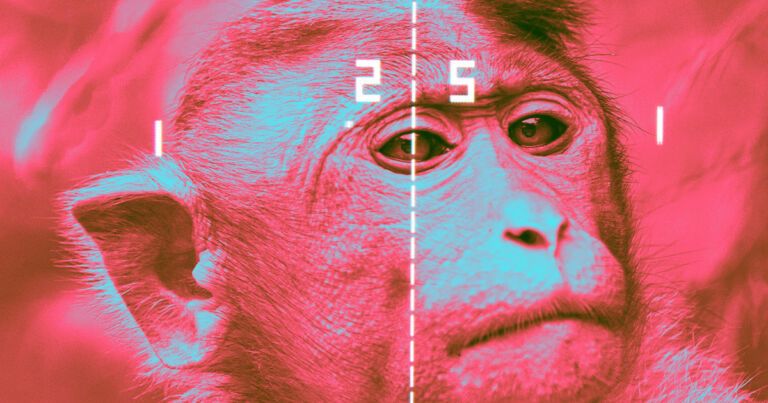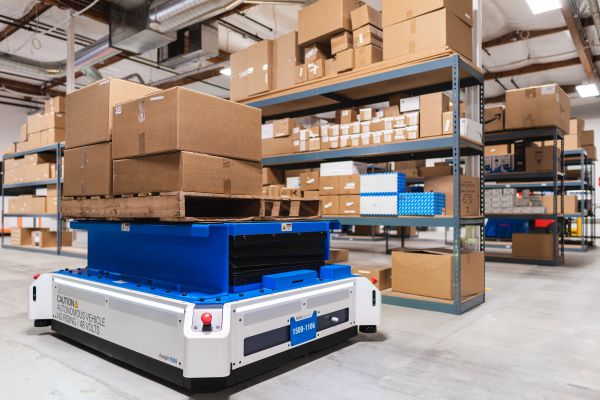Bitcoin’s 2020 surge grabbed the attention of C-suite executives worldwide; not only are companies employing the technology underlying Bitcoin to perform tasks such as reconciling invoices and verifying product provenance, but dozens are now holding Bitcoin as a treasury asset.
Page 6240
Feb 7, 2021
This robot can pick up heavy boxes in warehouses
Posted by Dan Kummer in category: robotics/AI
Introducing SqUIDs 🤖
🔎 Learn more about how AI is aiding productivity: https://wef.ch/3jibVrh
50 years ago today, Apollo 14 astronauts Alan Shepard and Edgar Mitchell landed on the Moon for a 33-hour stay full of science, as fellow crew member Stuart Roosa conducted observations from lunar orbit. Revisit this # Apollo50th anniversary: youtu.be/l7MMTm1-DAA
Feb 7, 2021
The World Is Dangerously Dependent on Taiwan for Semiconductors
Posted by Derick Lee in categories: business, chemistry, computing, economics, transportation
That’s not to say Taiwan is the only player in the semiconductor supply chain. The U.S. still holds dominant positions, notably in chip design and electronic software tools; ASML Holding NV of the Netherlands has a monopoly on the machines needed to fabricate the best chips; Japan is a key supplier of equipment, chemicals and wafers.
U.S., European and Japanese automakers are lobbying their governments for help, with Taiwan and TSMC being asked to step in. Chancellor Angela Merkel and President Emmanuel Macron discussed the potential for shortages last year and agreed on the need to accelerate Europe’s push to develop its own chip industry, according to a French official with knowledge of the matter.
The auto industry’s pleas illustrate how TSMC’s chip-making skills have handed Taiwan political and economic leverage in a world where technology is being enlisted in the great power rivalry between the U.S. and China — a standoff unlikely to ease under the administration of Joe Biden.
Continue reading “The World Is Dangerously Dependent on Taiwan for Semiconductors” »
Feb 7, 2021
Xbox Wants To Team Up With Elon Musk To Make A Halo Warthog
Posted by Quinn Sena in category: Elon Musk
Feb 7, 2021
GKN Aerospace proposes eVTOL Skybus transports for 30 to 50 passengers
Posted by Quinn Sena in categories: drones, government, robotics/AI
While a multitude of companies are jostling to compete in the emerging electric VTOL air taxi market, it’s very rare to find aircraft designs carrying more than five people. But British multinational giant GKN Aerospace is looking into something much bigger: “park ‘n’ ride” Skybus transports capable of carrying 30 to 50 passengers across congested parts of town, moving affordable public transport into the third dimension.
This initiative is part of the UK’s Future Flight Challenge, which is using some £125 million (US$171 million) of government cash and a further £175 million (US$239 million) from the industrial sector to fund a wide range of projects related to electric aviation, including drone swarm and delivery technologies, air traffic control that can handle a huge influx of autonomous drones and aircraft, eVTOL air taxis, sensor technologies, industrial inspection UAVs and other projects like the pop-up eVTOL airport in Coventry we wrote about yesterday.
Where most passenger-carrying eVTOL projects are envisaged as on-demand Uber-style services connecting individual passengers or small groups with ride-share services at either end, the Skybus project takes a public transport approach, with large birds ferrying significant numbers of people over city routes on fixed schedules.
Feb 7, 2021
Elon Musk Says Neuralink Has a Monkey Playing Video Games With Its Mind
Posted by Quinn Sena in categories: computing, Elon Musk, neuroscience
Feb 7, 2021
Fetch’s latest warehouse robot is designed to replace forklifts
Posted by Quinn Sena in category: robotics/AI
San Jose-based robotics company Fetch unveiled its latest robot this morning. The PalletTransport1500 is an autonomous bot designed specifically to replace forklift uses in warehouses. The systems, which are designed to pick up and delivery pallets, are capable of sporting payloads of up to 2504 pounds.
The device joins a number of different robotic forklift solutions from various companies, including Toyota. Though Amazon’s own Kiva Systems-produced robots are likely still the best-known pallet moving robotics in the game.
The system was developed with Honeywell’s Intelligrated’s Momentum warehouse software. Fetch, of course, already offers a number of different warehouse robotic solutions, building out a kind of autonomous ecosystem. The company’s systems are notable for their relative flexibility over other full-scale solutions.
Feb 7, 2021
Cultivo de supercristales a gran velocidad: el ejemplo de la hoganita
Posted by Saúl Morales Rodriguéz in category: futurism
Growing super crystals at high speed: the example of the hoganite https://www.investigacionyciencia.es/revistas/investigacion-…remas-821/ forma rápida de obtener voluminosos cristales de acetato de cobre mediante aparatos tan cotidianos como una yogurtera y una huevera.

















